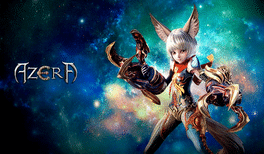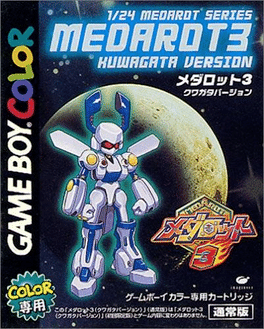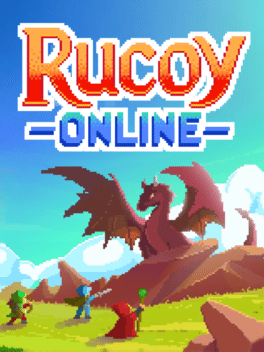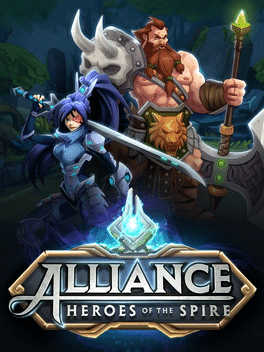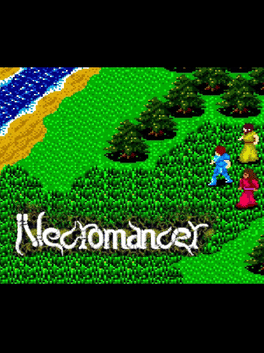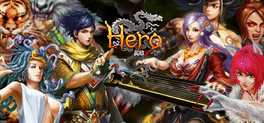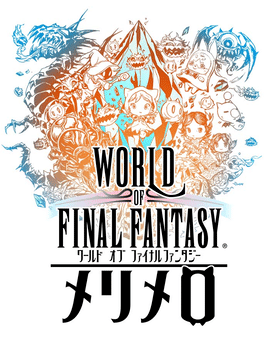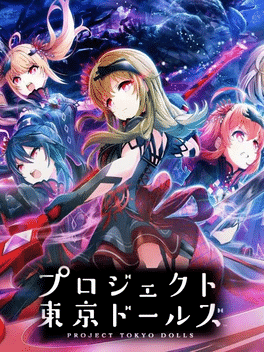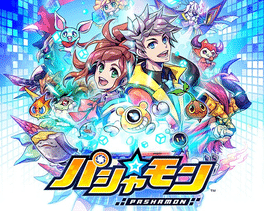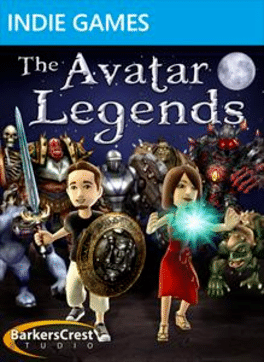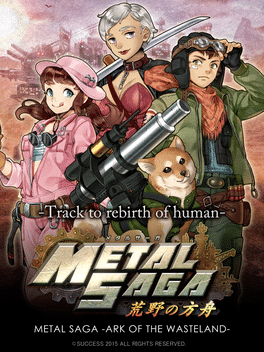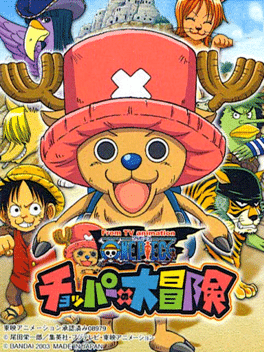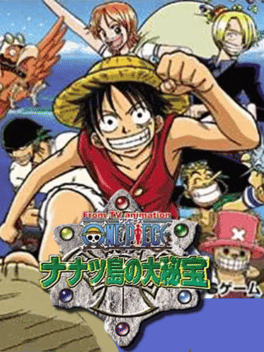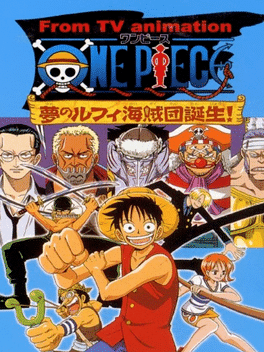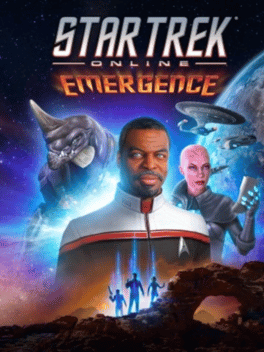Most Popular Role Playing Rpg Games - Page 310
-
Medarot 3 Kuwagata Version
2000
Medalots (parts) and medals that will appear in "2" have been largely renewed, and the previous medalot and its successor medalot were limited to the medalot used by specific characters and the hidden medalot of the previous work. On the other hand, new actions such as first aid and posture destruction were added, and the variation of parts was greatly expanded compared to the previous work. The story is set in an underground city, an undersea city, an aerial city, as well as the universe and the moon, and the story is the core of the series, which delves into the origin of medalot. -
Rucoy Online
2016
Rucoy Online
2016
Rucoy Online is a Massively Multiplayer Online Role Playing Game where you can fight monsters with your friends in it’s real time open world. -
Alliance: Heroes of the Spire
2017
Alliance: Heroes of the Spire A Hero Collection RPG for iOS and Android. -
Necromancer
1988
Necromancer
1988
Necromancer, originally released as Jaseiken Necromancer is a fantasy role-playing video game. It was released first only in Japan for the PC Engine, but saw a later release for the Wii and Wii U Virtual Consoles, the latter being released worldwide. The Wii U release was when the game received its localized title, but the game itself is still only in Japanese. -
Hero Plus
2018
Hero Plus
2018
Hero Online is a massively multiplayer online role-playing game (MMORPG) based on a story written by three generations of Chinese novelists. It is free to play with cash shop items available, much like The Legend of Ares, Scions of Fate, Silkroad Online and many other MMORPG's. -
Metal Quest
2017
Metal Quest
2017
Metal Quest is a 16 bit Party and class Based RPG game, semi-turn-based combat, set in a Unique world where metal music replaces magic, and traditional fantasy weapons. -
Pitman
2011
Pitman
2011
You are Krumb, a dwarven pitman with the quest for mighty artifacts. On your journey through mysterious mines, swamps and dungeons you will encounter many dangerous enemies, from the malicious cave goblins to the enormous trolls. Drink from health fountains, open treasure chests, collect a wide range of food, weapons and magical items and use them wisely - to eventually stand your ground against the perils that await you!Initially made for the "Seven Day Roguelike Challenge" the game got a complete overhaul. Pitman will let you die a thousand deaths ... and make your survival especially satisfying! -
World of Final Fantasy: Meli-Melo
2017
World of Final Fantasy: Meli-Melo was an online multiplayer video game based on World of Final Fantasy. -
Project Tokyo Dolls
2017
Project Tokyo Dolls
2017
Project Tokyo Dolls is a command RPG. Disguised as a rising idol group in Tokyo called DOLLS, Nanami, Reina, Hiyo, Misaki, Sakura, Shiori, Yuki, Aya, Yamada are in fact the country's special force for eliminating Pygmalion, the extraterrestrial organisms hidden in the city. -
Pashamon
2017
Pashamon
2017
A mobile game with a system similar to Monster Rancher where, instead of discs being scanned, pictures taken of animals, objects, and even food can become creatures to fight and capture. Captured creatures can be trained and bred to create more powerful creatures that will be used to battle on or offline. Only announced for Japan, planned to be released by the end of the year. -
The Avatar Legends
2011
The Avatar Legends
2011
Avatar Legends is an RPG where your avatar is the hero, it features 6 player Xbox Live multiplayer and includes a full quest and map creator. -
Dragon Quest: Shounen Yangus to Fushigi no Dungeon
2006
Dragon Quest: Shounen Yangus to Fushigi no Dungeon is a prequel and spin-off to Dragon Quest VIII, developed by Cavia and published by Square Enix,which was released in Japan in 2006. -
Metal Saga: The Ark of Wastes
2015
Metal Saga: The Ark of Wastes (メタルサーガ ~荒野の方舟~ Metaru Sāga ~ Kōya no Hakobune ~) is a role-playing video game, which was developed and published by Japanese company Success for Android and iOS. It is the tenth title of Metal Max series. -
The World of Legend VR
2017
The World of Legend VR is an action VR game with an eastern fantasy background. The ancient continent in the Eastern realms are experiencing a holocaust. Priests of an occult order have breathed life into ancient demons, summoning them into calamitous destruction across the lands. There remain only a few with the will and skill to meet this gathering threat "the Guardians". -
One Piece: Chopper no Daibouken
2003
One Piece: Chopper's Big Adventure is a Japanese role-playing game for the Wonderswan handheld featuring characters from the popular anime and manga series One Piece. It was developed by Bandai and released on October 16, 2003 by Bandai Namco. -
One Piece: Nanatsu Shima no Daihihou
2002
From TV Animation One Piece: Nanatsu Shima no Daihihou is an RPG game for Game Boy Advance, based on the animated television show One Piece. This game was released only in Japan in November 15, 2002 by Banpresto. -
One Piece: Yume no Luffy Kaizoku-dan Tanjou!
2001
From TV Animation One Piece: Yume no Luffy Kaizoku-dan Tanjou! is a tactical RPG for the Game Boy Color console based on the manga and anime series One Piece. Developed by Alpha Unit and published by Banpresto (a future subsidiary of Bandai), it was released on April 27, 2001. -
Star Trek Online: Emergence
2017
Season 14 brings the Dranuur Colony Fleet Holding, which is the first full five tier Fleet Holding since the Fleet Starbase. Players and their fleets will help the Lukari and Kentari build a new world together and unlock great rewards for their fleets.
